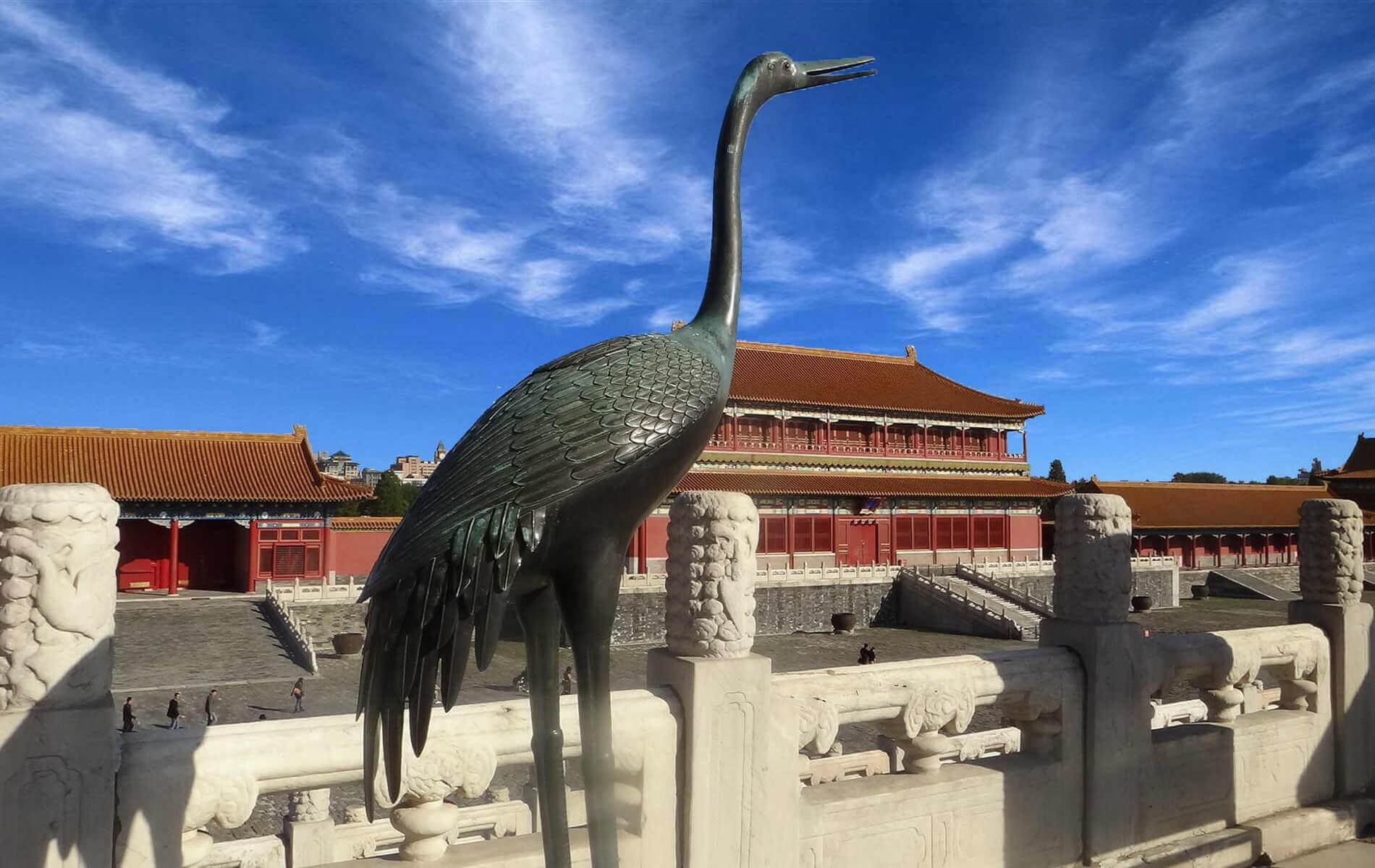History
About Palace Museum
The Palace Museum is a national museum housed in the Forbidden City at the core of Beijing, China. It was established in 1925 after the last Emperor of China was evicted from his palace, and opened its doors to the public.
Constructed from 1406 to 1420, the museum consists of 980 buildings and covers 72 hectares (over 180 acres). It is home to over 1.8 million pieces of art, mostly from the imperial collection of the Ming and Qing dynasties. The 20th century saw its expansion through new acquisitions, transfers from other museums, and new archaeological discoveries.
Constructed from 1406 to 1420, the museum consists of 980 buildings and covers 72 hectares (over 180 acres). It is home to over 1.8 million pieces of art, mostly from the imperial collection of the Ming and Qing dynasties. The 20th century saw its expansion through new acquisitions, transfers from other museums, and new archaeological discoveries.


History
History of Palace Museum
In 1912, Puyi, the last Emperor of China, abdicated. Under an agreement with the new Republic of China government, Puyi remained in the Inner Court, while the Outer Court was given over to public use, where a small museum was set up to display artifacts housed in the Outer Court. In 1924, Puyi was evicted from the Inner Court after a coup. The Palace Museum was then established in the Forbidden City on Double Ten Day (October 10), 1925. The collections of the Palace Museum are based on the Qing imperial collection. According to the results of a 1925 audit, some 1.17 million pieces of art were stored in the Forbidden City. In addition, the imperial libraries housed countless rare books and historical documents, including government documents of the Ming and Qing dynasties.

